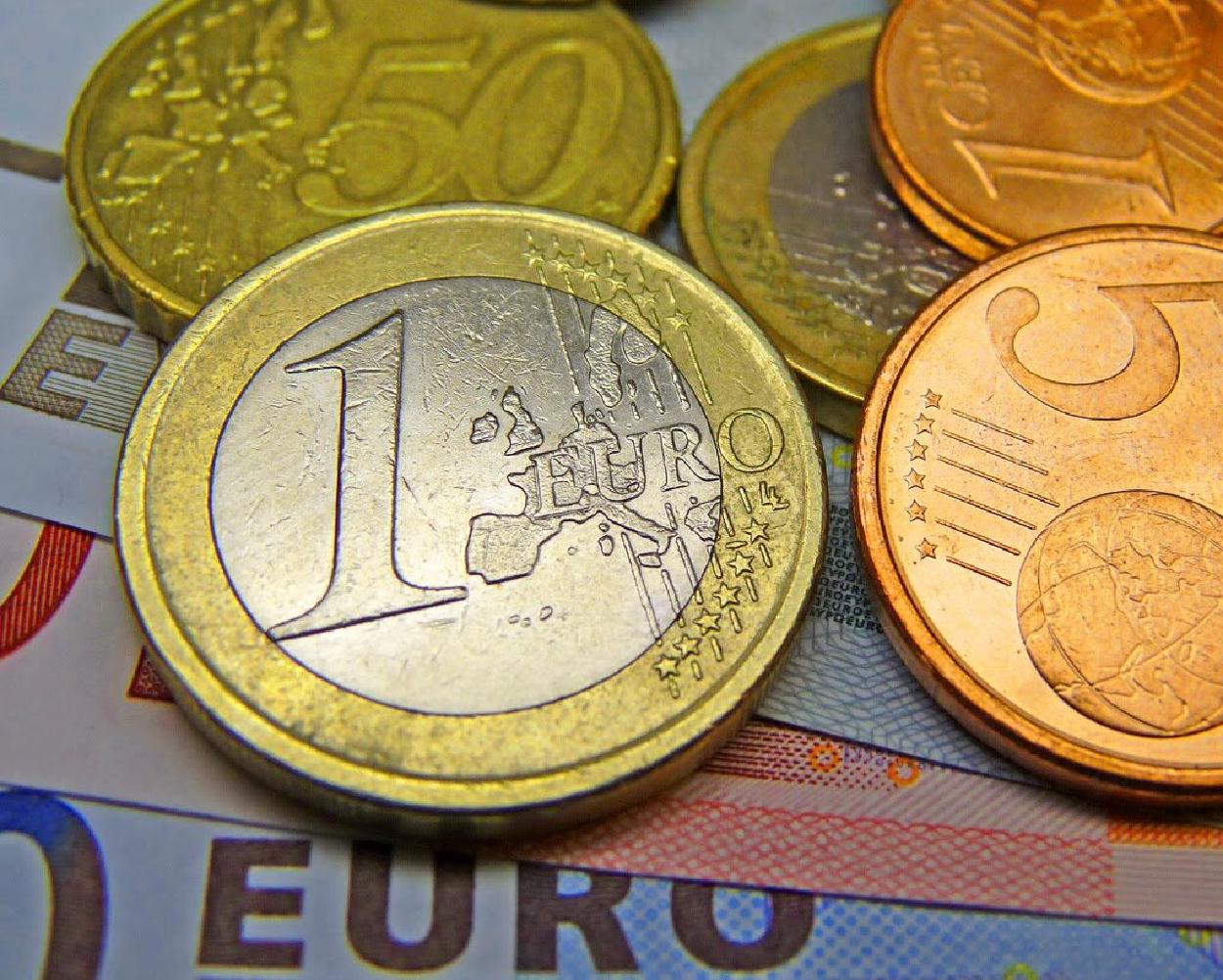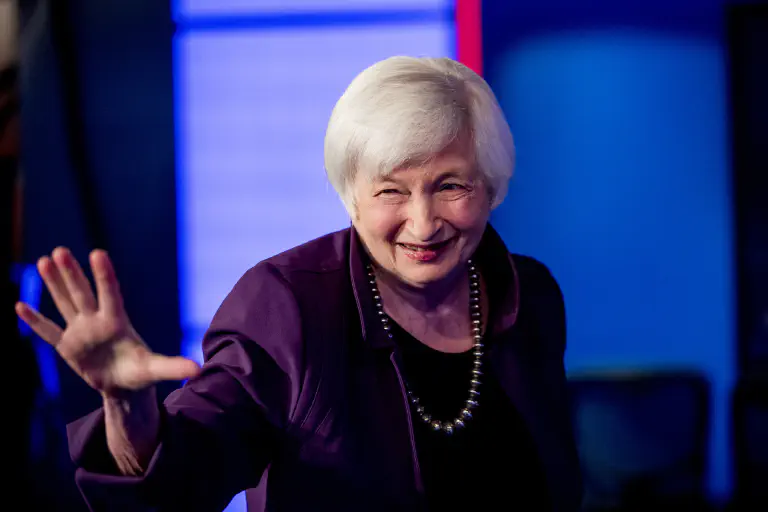
The ECB, via an austerity program primarily championed by Germany, is facing a business cycle now slightly out of step with other major economies like the U.S., U.K. and emerging markets, at least as far as interest rate moves are concerned. This means while the U.K. and U.S. are looking down the barrel at eventual interest rate hikes, the ECB is expected to lower rates, now and potentially further in the future. This creates a scenario supporting sustained increases in EMU imports on both sides of the pond. In theory, this favours both EMU equity markets and sovereign bond markets. As interest rates decline, existing bond yields become more attractive driving up bond sales. As money supply increases, eventually consumption rises and deflationary forces are held in check. Equity markets can rise on expectations of higher internal demand as well as money supply. Though increased consumption can take time, a fall in the euro would be more immediate, pushing up exports. The rises in external and internal demand would lift incomes, taking pressure off governments to finance spending from credit markets (because of rising tax revenues), while better enabling them to pay current interest liabilities, lowering default risk and contributing to lower yields.
These days however few things play out as they are expected to. The fly in the ointment in EU expansionary policy is not the aversion to inflation from core banking cultures largely held responsible for austerity policies, but rather contemporary lending cycles of banks, which also played a role in recent U.S. expansionary history. This is because the EU enters a deflationary spiral (falling off in internal demand prompts firms to lower prices, dropping revenues, lowering profits, increasing unemployment, lowering consumption, prompting firms to lower prices again).
Modern day lending cycles don't guarantee new found liquidity finds its way to increase consumption. Keynes called it the liquidity trap, and it can rear its head in many ways. For example, instead of increasing lending, banks can move reserves from the ECB and use them to acquire other asset classes, like lower risk sovereign bonds or treasury bills, or even majority shares of small troubled lenders. They could also selectively lend to market participants and institutions in regions where risk levels are lower. Finally, lending itself could move off-shore, which would be especially the case if an interest rate differential develops between the EMU and the U.S. or the U.K.
The OUTSIDE EDGE then, recommends following EU bank balance sheets, after any interest rate decreases and keeping a close eye on the eurodollar rate. The challenge is to determine if liquidity is affecting fundamentals in the periphery (net borrowers from other EMU members) or the core (net lenders from other EU members). This is the key to understanding and anticipating changes in the composition of exports and imports, as well as sustainable increases in demand.
Markets To Watch
Bond markets on the periphery, Spain, Greece, even Italy. German stock markets, while mortgages in Germany are typically fixed rate, lower interest rates could impact lower risk regions first. The DXGE, Wisdom Tree's Germany Hedged Equity Fund, is a good ETF to watch. This fund will attract buyers if German equities are expected to benefit more than others because the extent of the decline in the euro is not yet known and it is already on an impressive run of its own.



















